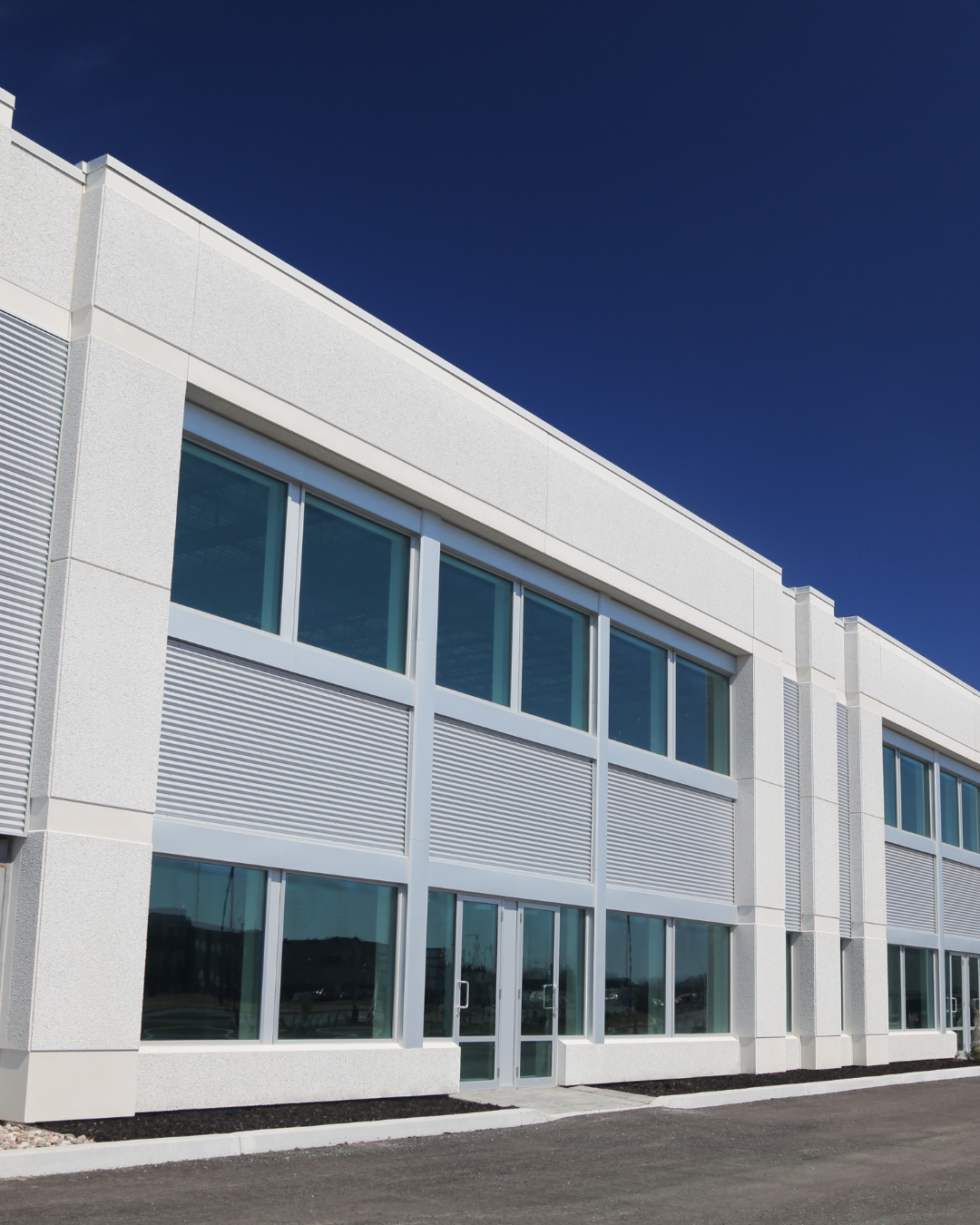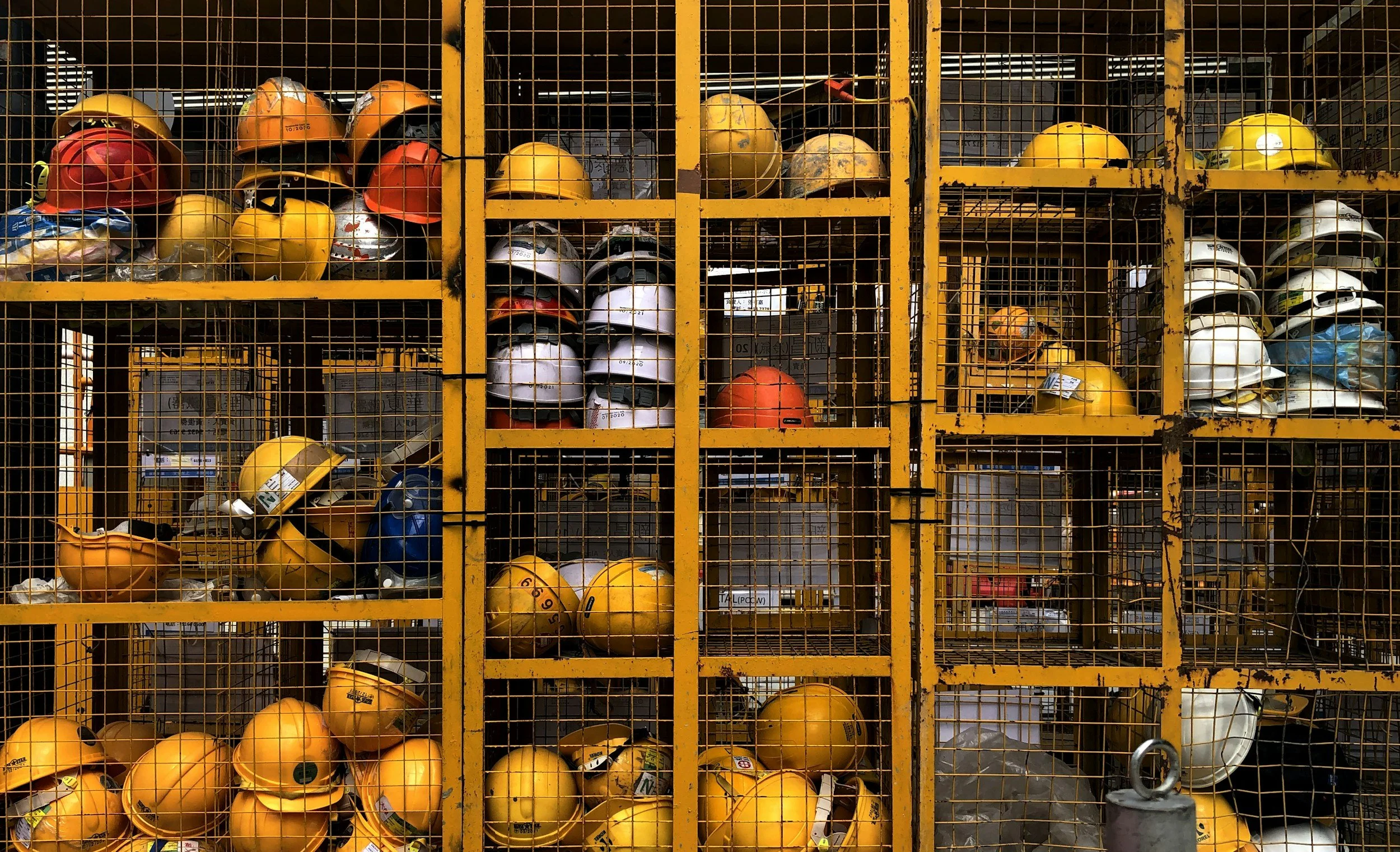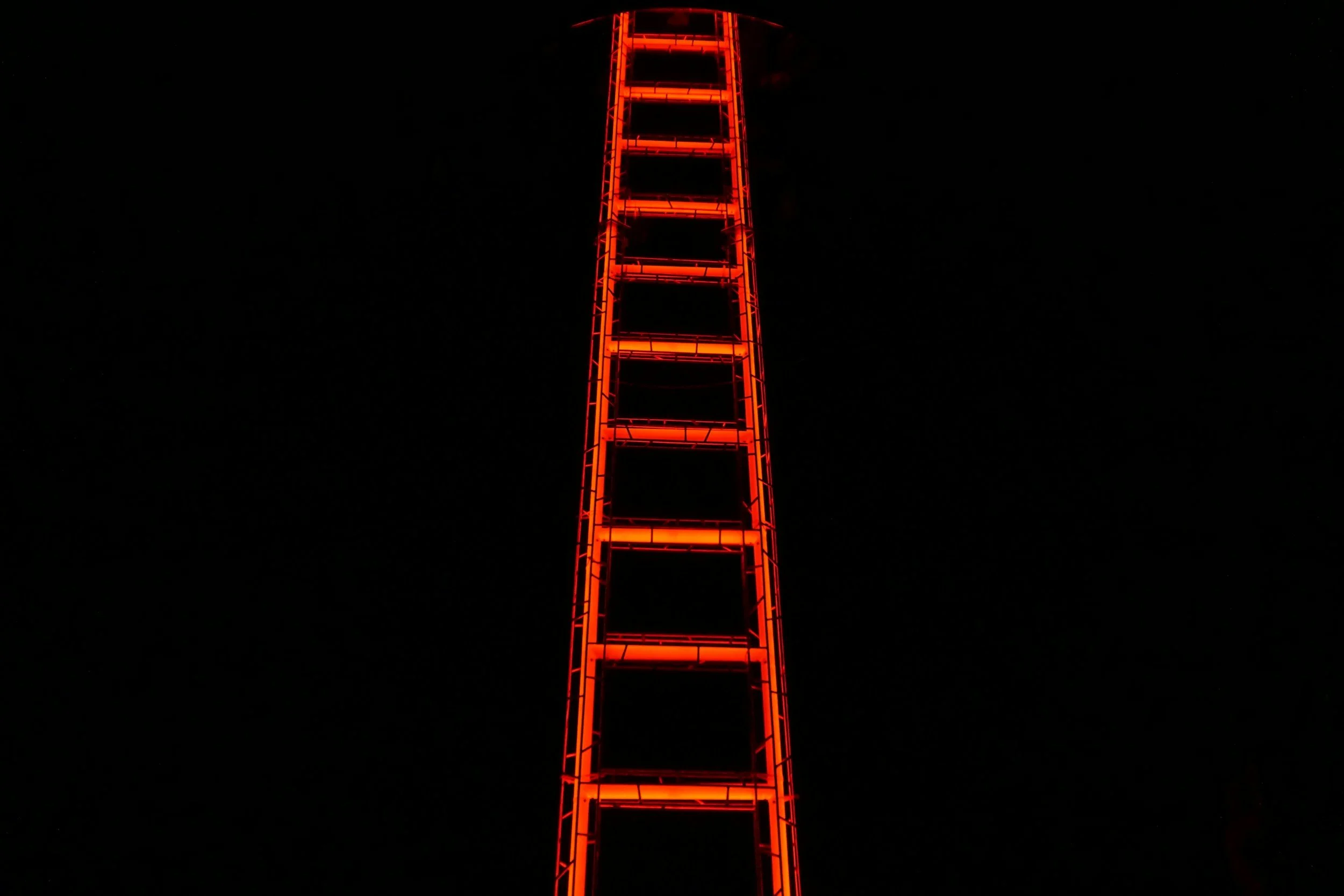Why Working From Heights Is a Risk You Don't Need to Take
The hidden cost of traditional roof inspections – and the safer, smarter alternative that's already here
“no work is done at height if it is safe and reasonably practicable to do it on the ground” - The Health and Safety Executive (HSE)
Every year, the same story repeats itself across the UK.
A property manager needs a quick roof check. A contractor sends someone up a ladder. A facilities team arranges scaffolding for a routine inspection.
And then, sometimes, someone doesn't come home.
In 2024/25, 35 workers died from falls from height in Great Britain – making it the single biggest cause of workplace fatalities, accounting for over a quarter of all work-related deaths (Health and Safety Executive).
That's 35 families who got the worst possible phone call. 35 preventable tragedies. 35 reasons why the way we've always done things needs to change.
The Numbers Don't Lie
Let's look at the full picture from the HSE's latest annual report:
124 workers killed in work-related incidents across Great Britain (April 2024 – March 2025)
35 of those deaths were falls from height – the most common cause of fatal injuries
Construction accounted for 35 fatalities – the highest of any sector
92 members of the public also died in work-related incidents
These aren't just statistics. They're people. Colleagues. Breadwinners. Parents.
And here's the uncomfortable truth: many of these deaths were entirely preventable.
The Traditional Approach: Expensive, Slow, and Dangerous
For decades, roof and building envelope inspections have relied on the same methods:
Scaffolding
Cost: £250–£4,500+ depending on building size and complexity
Mobilisation time: Days to weeks
Safety risk: High – workers still need to climb and work at height
Disruption: Significant – requires site access, parking, assembly/disassembly
Cherry Pickers (MEWPs)
Cost: £300–£700 per day hire
Mobilisation time: 1–2 days minimum
Safety risk: Moderate – still involves working at height with equipment failure risk
Access limitations: Requires clear ground access, can't reach all roof areas
Ladder Inspections
Cost: Low upfront, but highest risk
Safety risk: Extremely high – ladders are involved in thousands of workplace injuries annually
Data quality: Limited – inspectors can only see what's immediately accessible
Insurance implications: Growing number of insurers won't cover ladder-based roof access
The bottom line?
Traditional methods put people at risk, cost more, take longer, and often deliver less comprehensive data.
The Drone Revolution: Safer, Faster, Smarter
Modern drone technology has fundamentally changed what's possible for roof and building envelope inspections.
Zero Risk to Human Life
This is the big one. With drone inspections, nobody climbs a ladder. Nobody works at height. Nobody is at risk of a fall.
Every inspection is conducted from the ground, with the drone doing all the dangerous work. The inspector stays safe, and you eliminate the single biggest cause of workplace fatalities from your operations.
Faster Mobilisation
Ovrsite can typically be on site the day after your initial contact. No waiting for scaffolding contractors. No booking cherry pickers weeks in advance. No weather-dependent access issues.
You need an inspection? We're there tomorrow.
Better Data, Better Decisions
Drone inspections don't just match traditional methods – they surpass them:
48MP high-resolution imaging captures every detail
4K video footage provides comprehensive visual records
AI defect detection identifies issues faster and more accurately than manual visual inspection
3D modelling creates detailed building envelope maps
RICS-Aligned reporting that fits in with industry gold standards
Annotated defect registers clearly document every issue with precise location data
Traditional inspections rely on an inspector's memory and handwritten notes. Drone inspections deliver comprehensive digital documentation that can be shared instantly with your entire team.
Real-World Impact: Who Benefits Most?
Property Managers & Block Managers
Managing multiple buildings? Our block packages (5 roof surveys for £1,250) give you comprehensive oversight across your entire portfolio without ever sending anyone onto a roof.
Retainer packages from £500/month provide regular monthly or quarterly inspections, so you catch issues early and keep detailed maintenance records for compliance and insurance purposes.
Roofing Contractors
Stop gambling with your team's safety on every site visit. Drone pre-inspections let you:
Assess the job scope before sending anyone up
Provide accurate quotes based on comprehensive data
Document pre-existing conditions to protect against disputes
Show clients detailed before/after evidence of your work
Insurance Companies & Loss Adjusters
Get neutral, comprehensive documentation for claims assessment without the delays and costs of traditional inspections. Our AI-powered defect reports provide objective evidence that speeds up claims processing and reduces disputes.
Facilities Managers
Maintain compliance with health and safety regulations while eliminating working-from-heights risk from your operations. Fast turnaround (48–72 hours standard, 24-hour fast-track available) means you get the data you need when you need it.
"But What About...?"
Weather Limitations
Yes, drones can't fly in significant rain, hail, snow, or high winds. But neither can inspectors safely work at height in those conditions. The difference? We can reschedule for the next clear day without the logistical nightmare of rebooking scaffolding or cherry pickers.
Regulatory Compliance
All Ovrsite operations are fully CAA registered and insured for commercial drone work. We operate within all UK aviation regulations and maintain comprehensive liability coverage.
Data Security
Your inspection data is yours. We provide secure digital delivery and can accommodate specific data handling requirements for sensitive sites.
The Question Every Property Professional Should Ask
"If I can get better data, faster turnaround, lower costs, and zero safety risk... why am I still sending people up ladders?"
The technology exists. The cost savings are proven. The safety benefits are undeniable.
The only question is: when will you make the switch?



